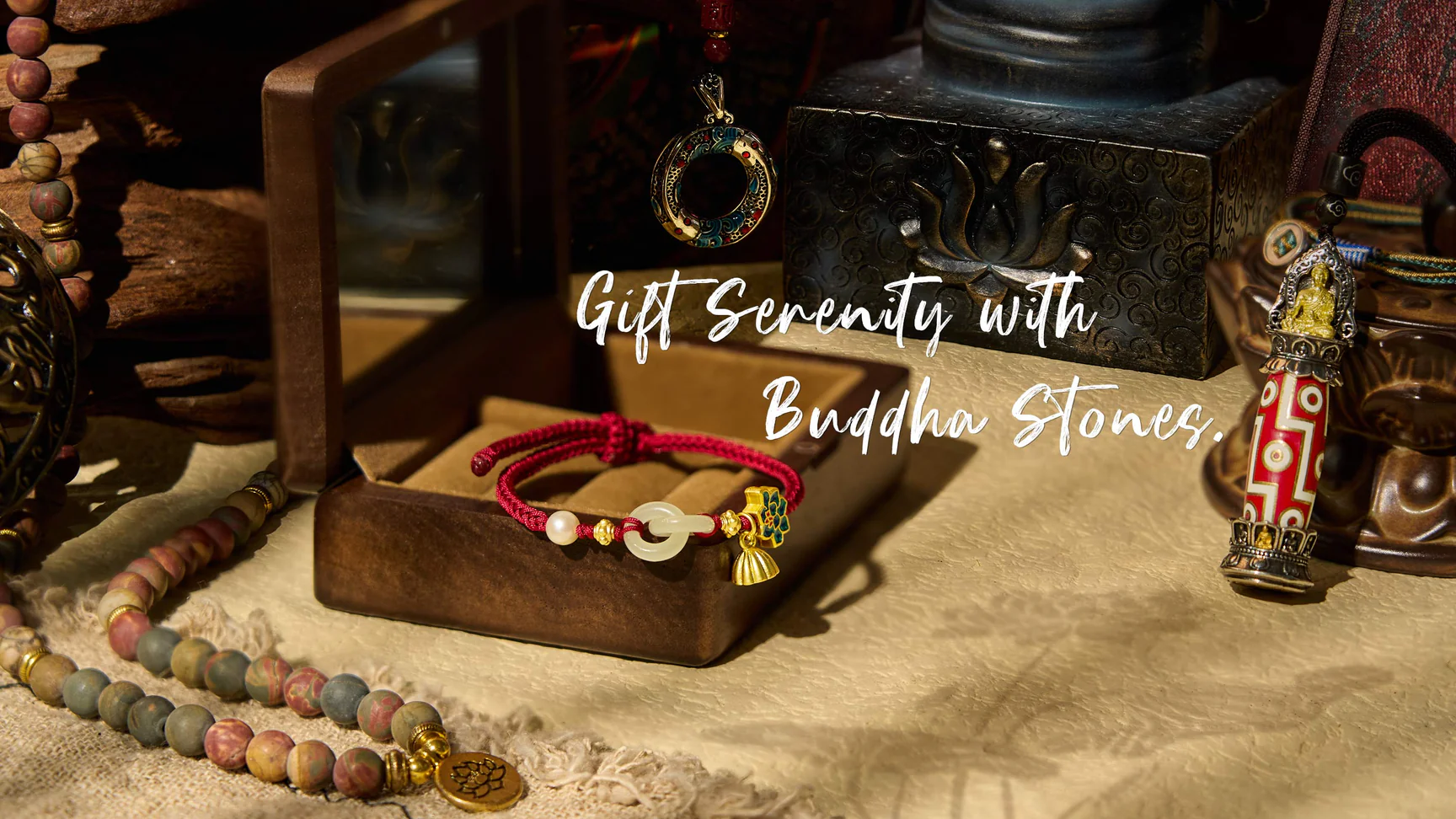The placebo effect has long baffled scientists, doctors, and patients alike. Despite being studied more than any other treatment in medical history, placebos remain one of the most mysterious and misunderstood phenomena in healthcare.
I’ve spent the past two decades researching the science behind placebos, and the deeper I go, the more I discover just how powerful—and surprising—this effect can be. Here are six compelling truths about placebos that everyone should know.
1. The Nocebo Effect: Placebo’s Dark Twin
Imagine believing you’ve been seriously injured—only to find out it’s all in your head. That’s what happened to a 29-year-old construction worker who jumped onto a nail that seemed to pierce his boot. The pain was so intense he needed heavy sedation, but when doctors removed the boot, they discovered the nail had slid harmlessly between his toes.
This is a classic example of a nocebo effect—the harmful counterpart to the placebo effect. Where positive expectations can produce healing, negative expectations can create real suffering. Our evolutionary drive to avoid danger makes us especially vulnerable to nocebos, which explains why hearing about potential side effects can sometimes cause those side effects.
In fact, simply knowing that a medication may lead to nausea or pain can trigger those symptoms. It’s a self-fulfilling prophecy powered by the mind.
2. Placebos Still Work—Even When You Know It’s a Placebo
It might sound impossible, but placebos can be effective even when patients are fully aware they’re taking an inactive substance. In a Harvard study, IBS (Irritable Bowel Syndrome) sufferers were told they were taking sugar pills with no active ingredients—yet their symptoms improved dramatically.
Why? Our subconscious is deeply conditioned. The mere ritual of taking a pill, in a clinical setting, can spark a mind-body reaction that stimulates the body’s own natural healing mechanisms. These include the release of endorphins, dopamine, and other chemicals that influence pain and mood.
“Honest placebos,” as they’re called, have shown benefits in treating depression, chronic pain, and even ADHD.
3. Honest Placebos Are Ethically Sound
One of the major objections to placebo use in medicine is ethical: isn’t it deceptive to give a patient a sugar pill? But when patients are informed they are receiving a placebo, the ethical concern disappears.
In fact, new research shows that open-label placebo treatments can be paired with real medications to reduce the total amount of drugs needed—especially important when treating post-operative pain, where dependency on opioids is a major risk.
By including honest placebos, doctors can provide effective care while lowering the risk of addiction. It’s a win-win—for ethics and outcomes.
4. Every Treatment Has a Placebo Component
Every time a doctor prescribes medication, there are two forces at play: the pharmacological action of the drug, and the psychological impact of the doctor’s words, tone, and demeanor.
A warm, empathic physician can enhance the effectiveness of a treatment simply by how they communicate. Positive expectations can amplify healing. Likewise, subtle cues like the color and size of a pill matter—a large orange pill is often more effective for pain than a small red one.
Even cultural associations come into play. In most countries, blue pills tend to be calming—but for Italian men, they’re more stimulating. The reason? Their national soccer team wears blue jerseys, which may trigger excitement instead of relaxation.
Doctors have an ethical duty not just to prescribe the right drug, but to harness the full healing potential of their patient interactions.
5. You Don’t Need a Placebo to Trigger a Placebo Effect
In one fascinating study, patients recovering from surgery were all given morphine via IV. But only half were told they were receiving pain relief. Those who were informed experienced 50% more pain reduction than those left in the dark—despite receiving the same dose.
This is placebo without a placebo. The power lies not in the substance, but in the expectation.
Words, beliefs, and the context in which treatment is delivered all have measurable impacts on the body.
6. You Can Trigger Placebo (and Nocebo) Effects in Your Own Life
It’s not just doctors and pills that can influence your well-being—you have the power to create your own healing environment through thoughts, habits, and interactions.
Studies show that communication training within families can reduce anxiety and depression. Couples who focus on the positive aspects of their relationship show stronger immune function. Acts of kindness, gratitude, and optimism can all generate internal shifts that promote health.
Want a quick boost? Do something simple but generous—make someone a cup of tea, offer a sincere compliment, or smile at a stranger. These small acts don’t just feel good—they can spark neurochemical changes that reduce stress and enhance well-being.
Final Thoughts: The Science of Hope
Placebos remind us of something profound: healing isn’t always about what’s in the pill bottle. It’s about trust, expectation, connection—and the extraordinary intelligence of the human body.
Instead of dismissing the placebo effect as “just in your head,” perhaps we should recognize it for what it truly is: a doorway into self-healing. One that opens not with magic, but with belief, compassion, and intention.
As our understanding deepens, it’s time to rethink how we define medicine—and rediscover the healing power that’s always been within us.



